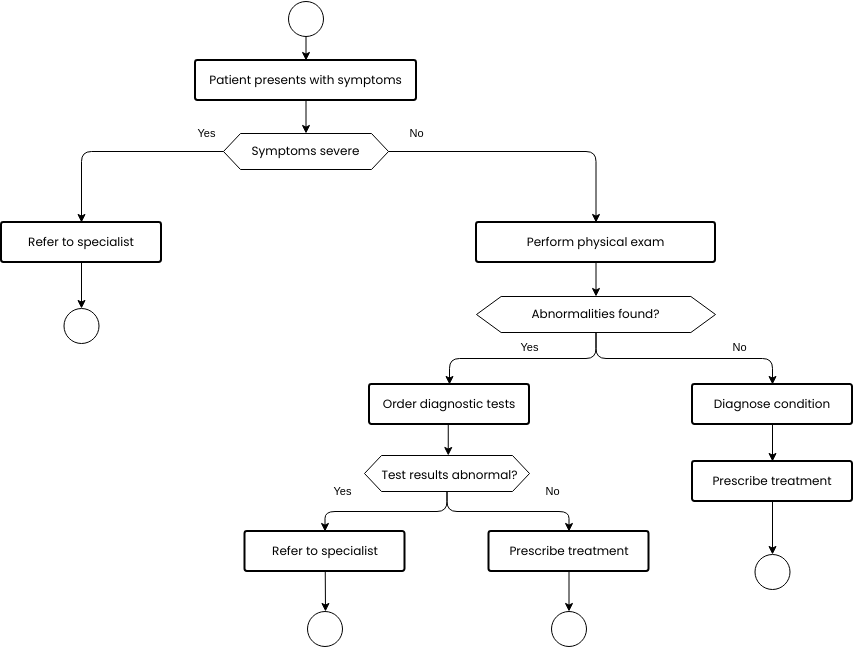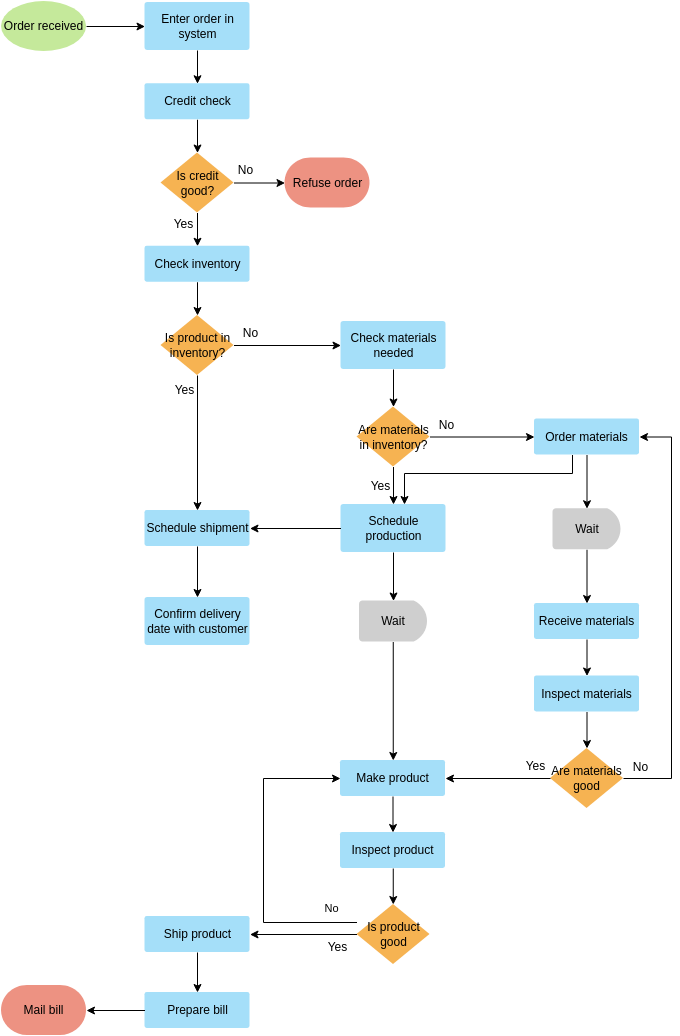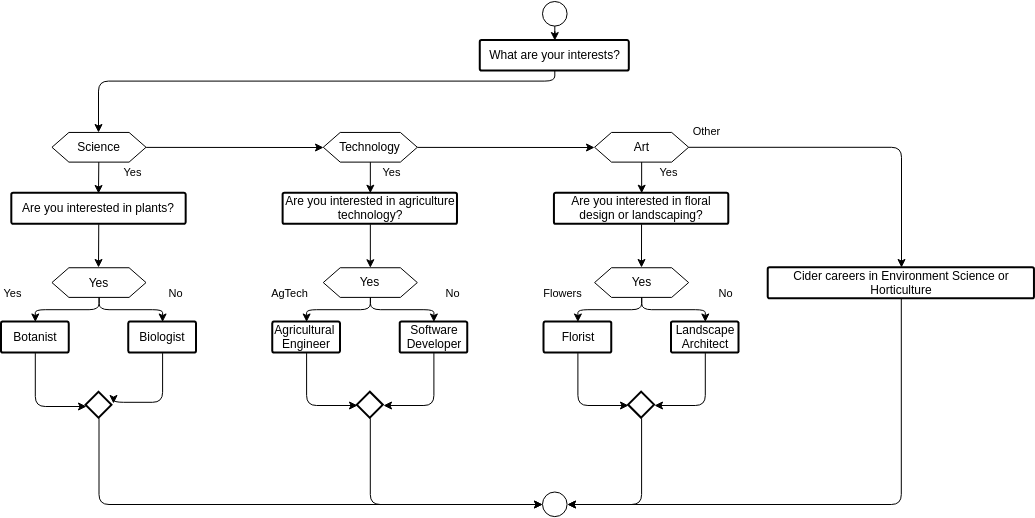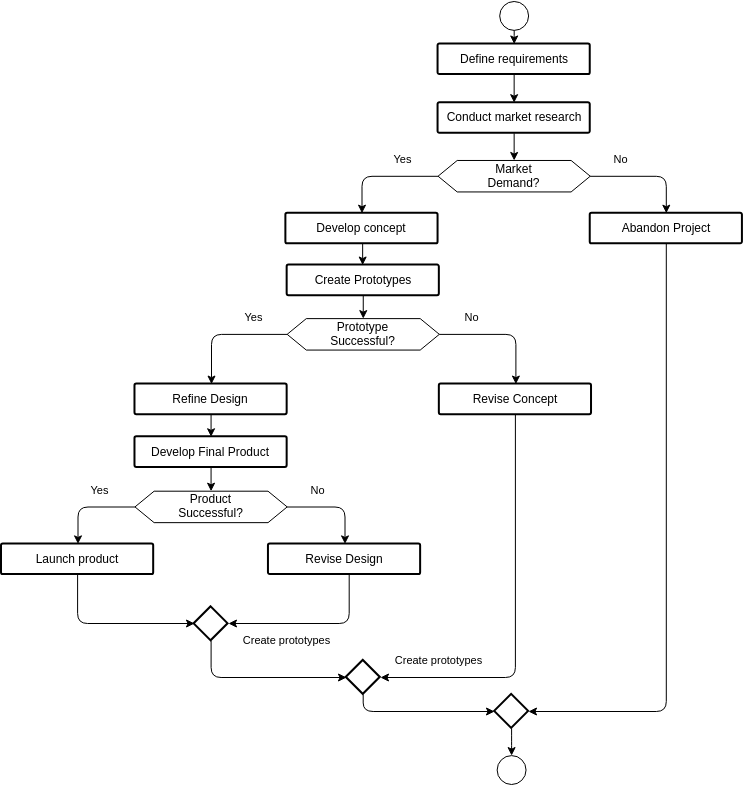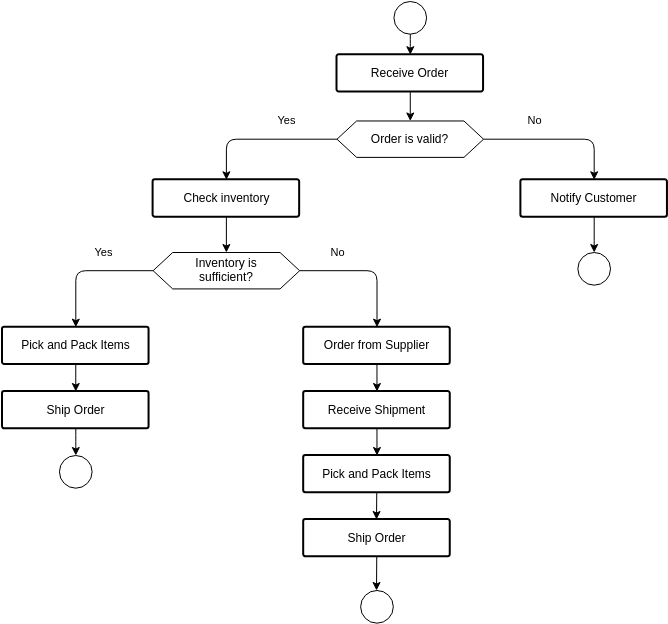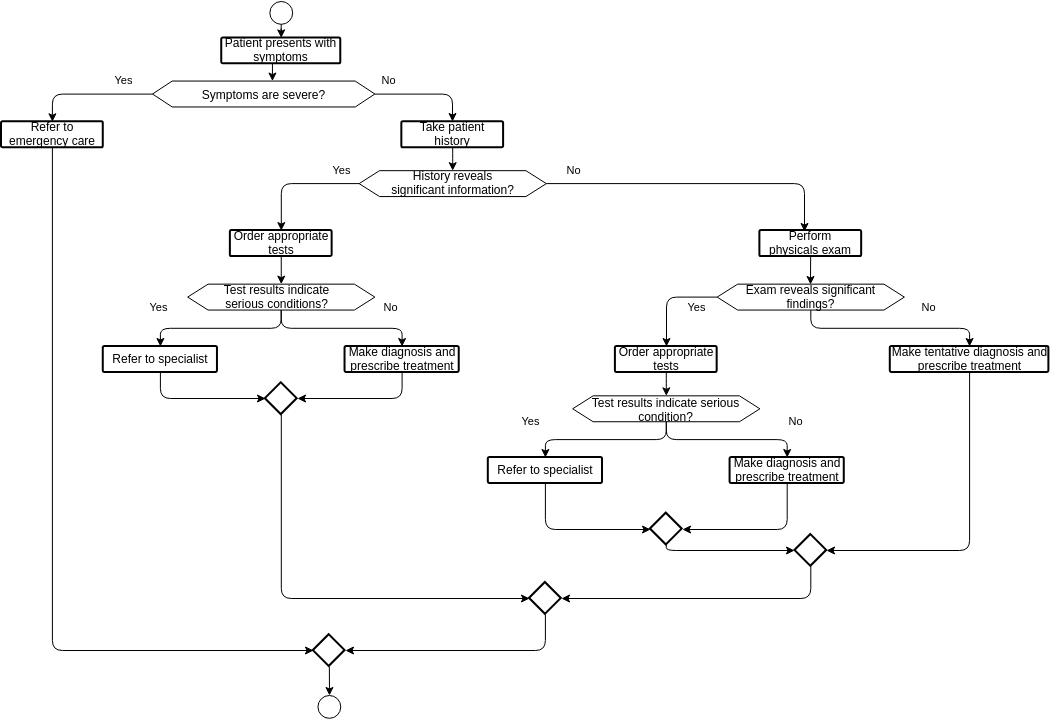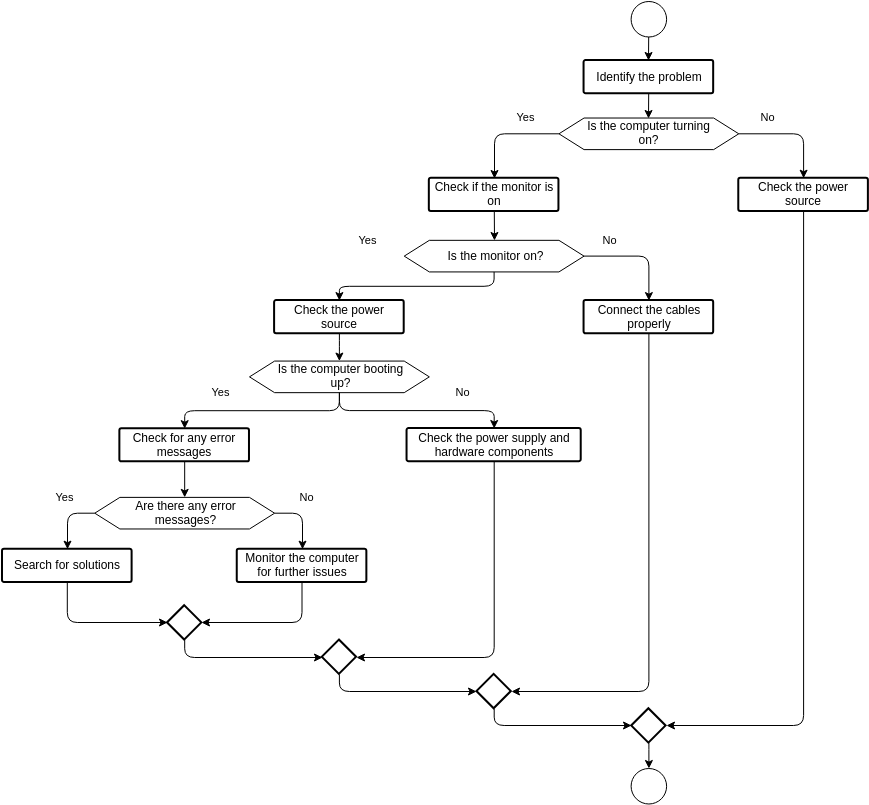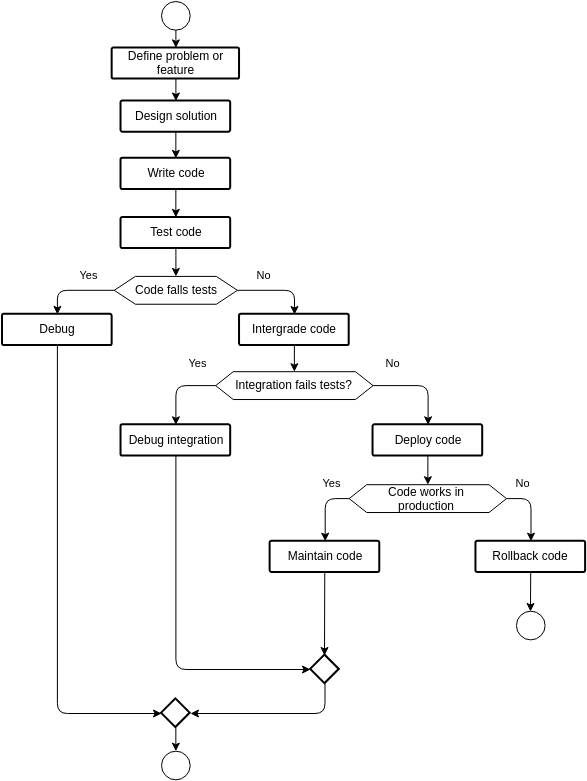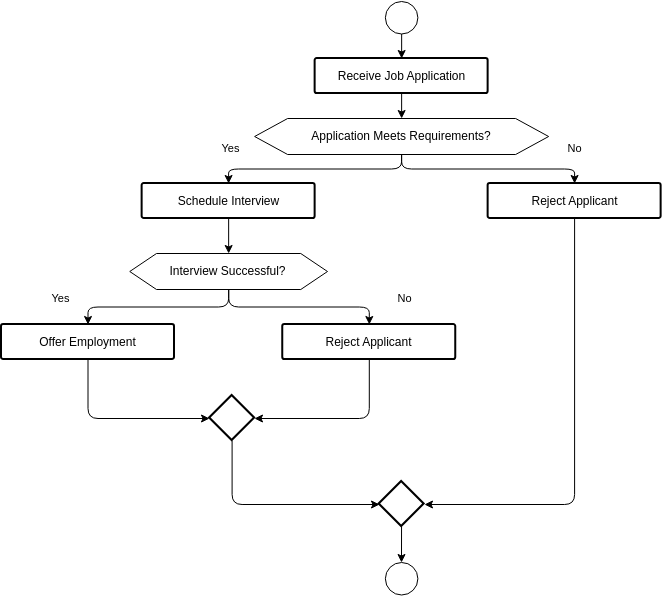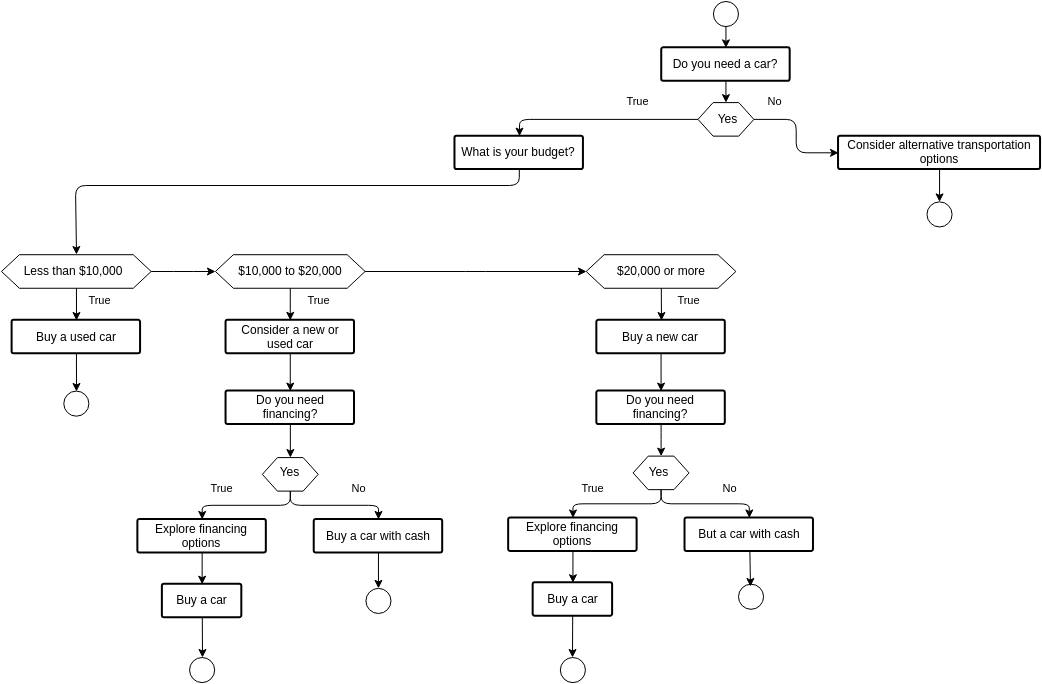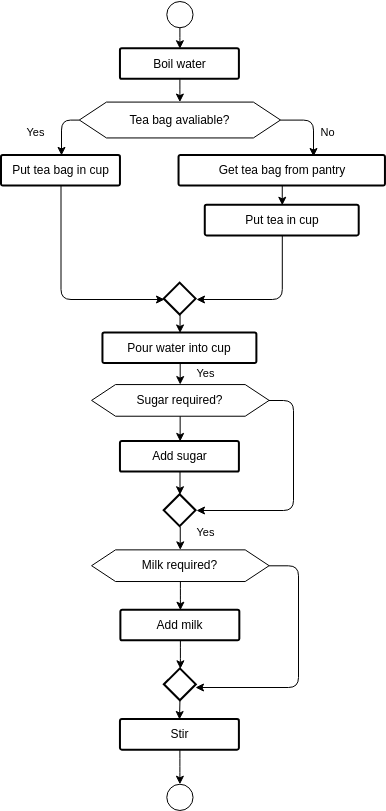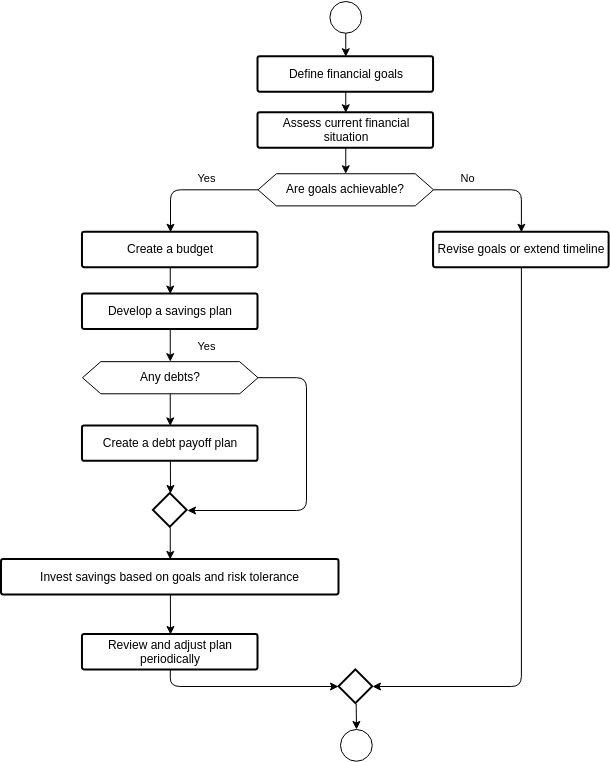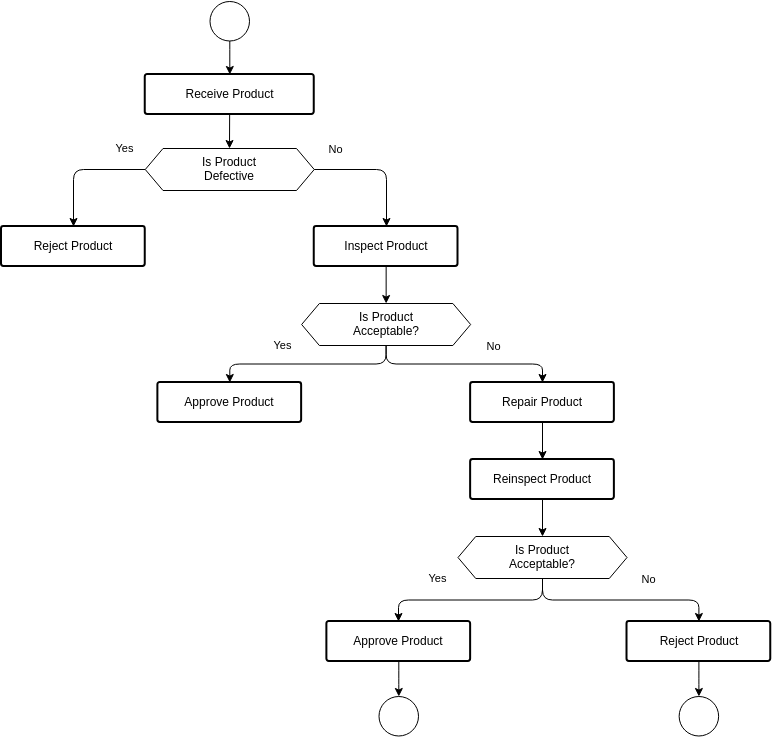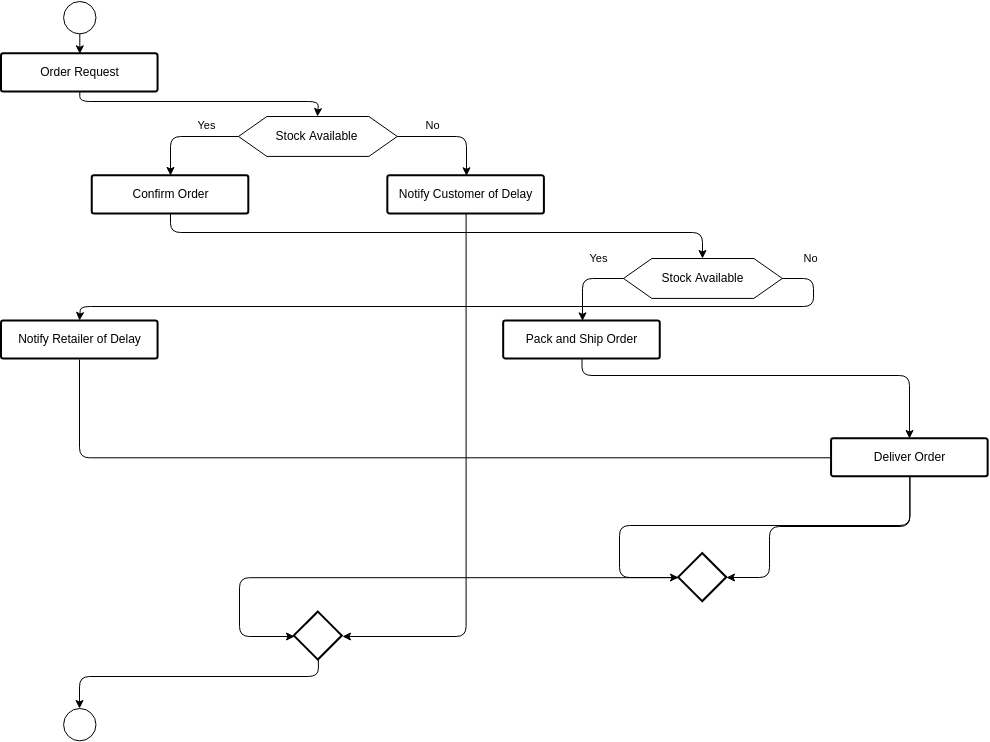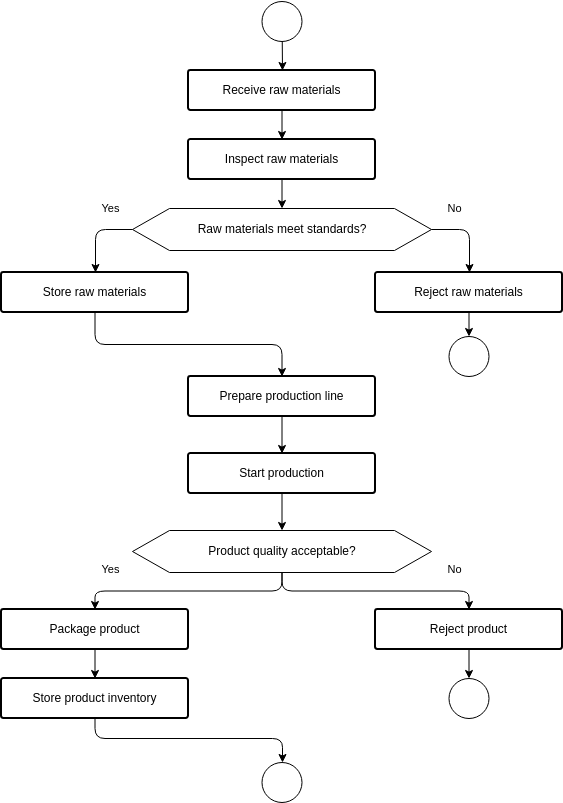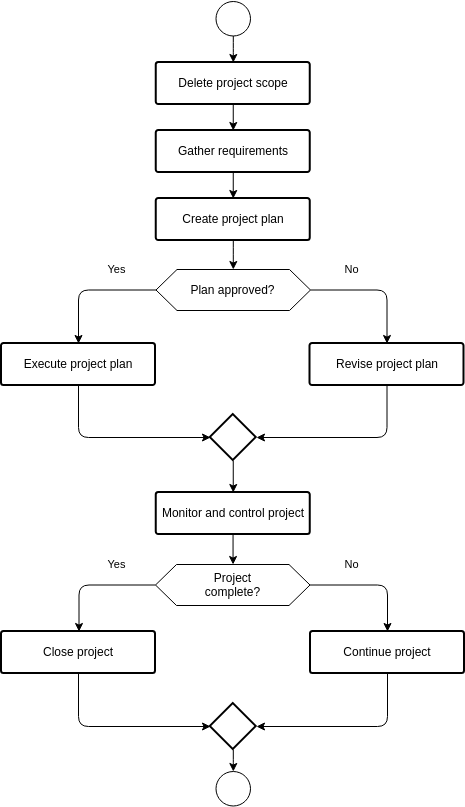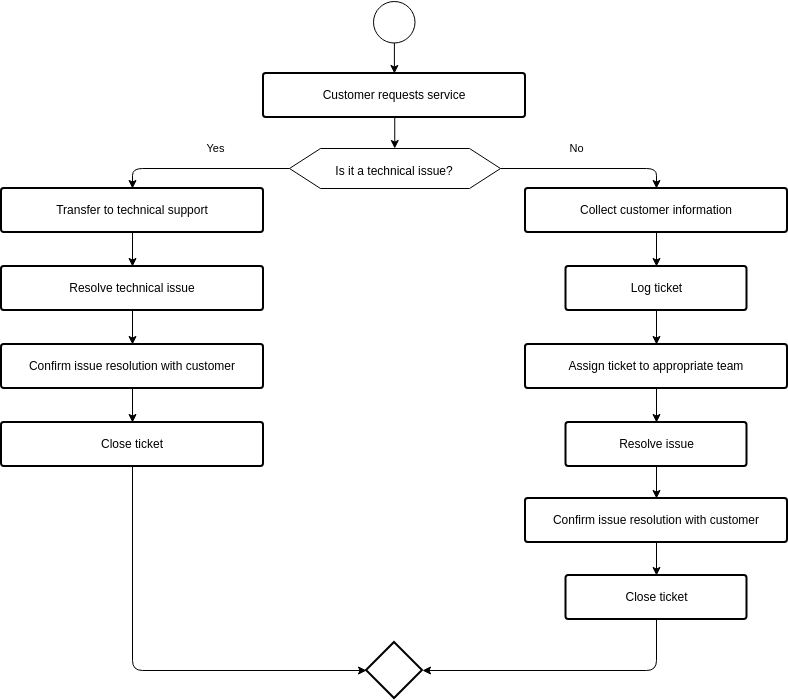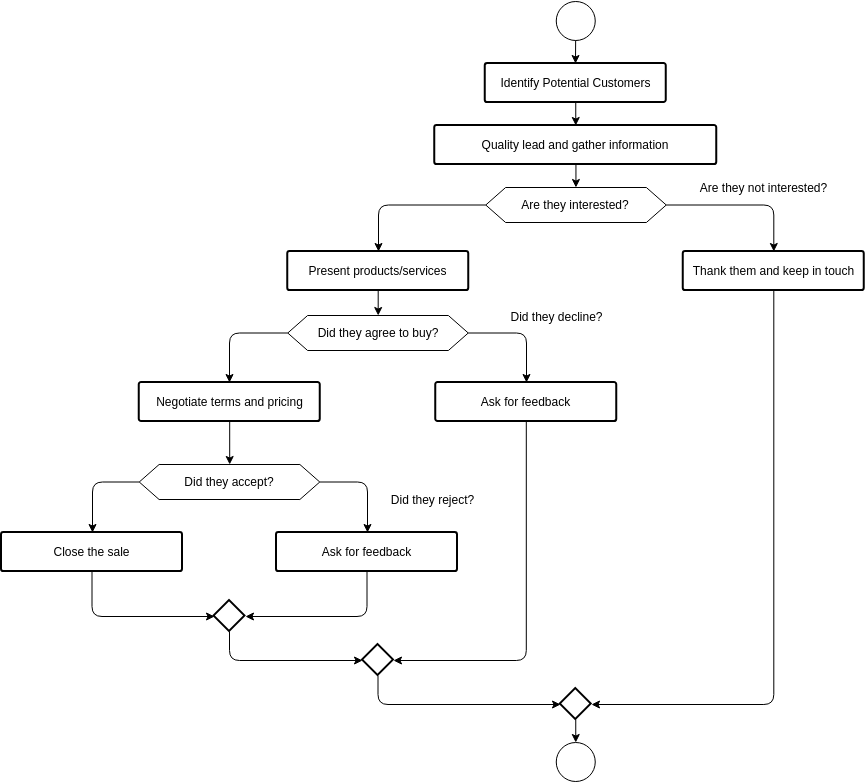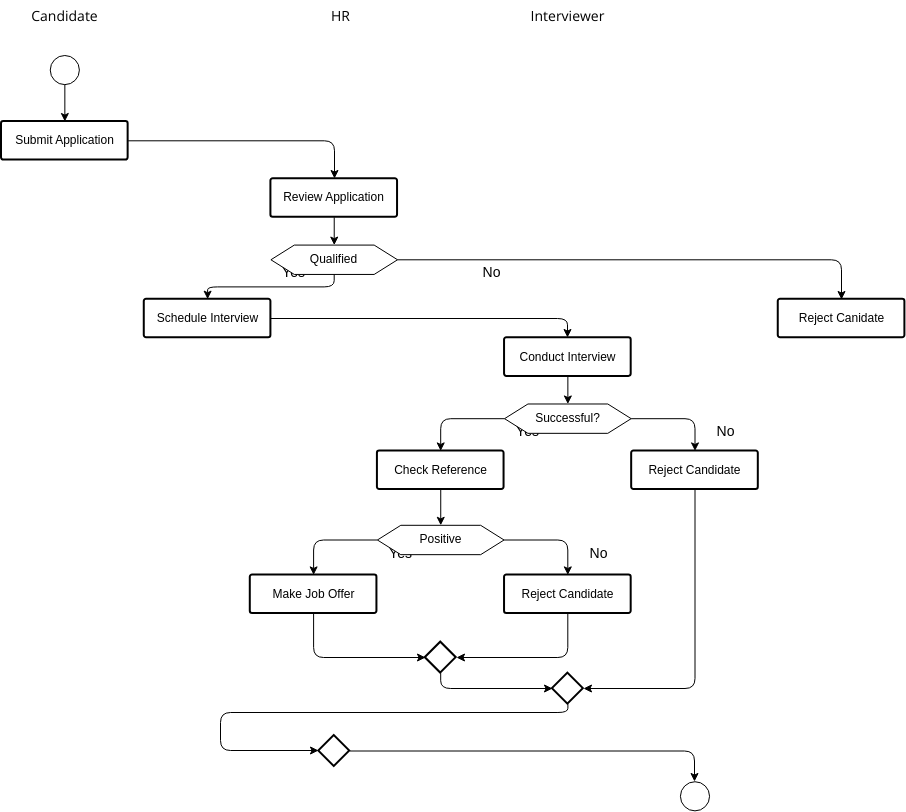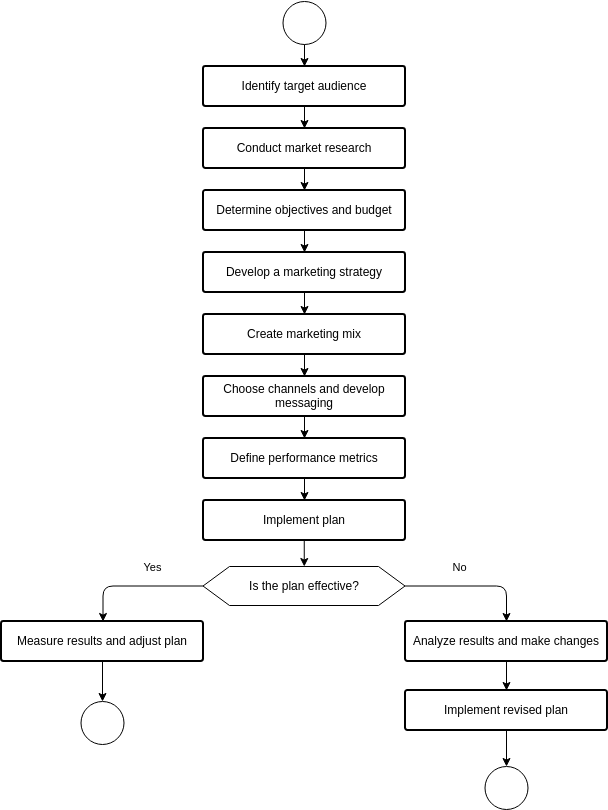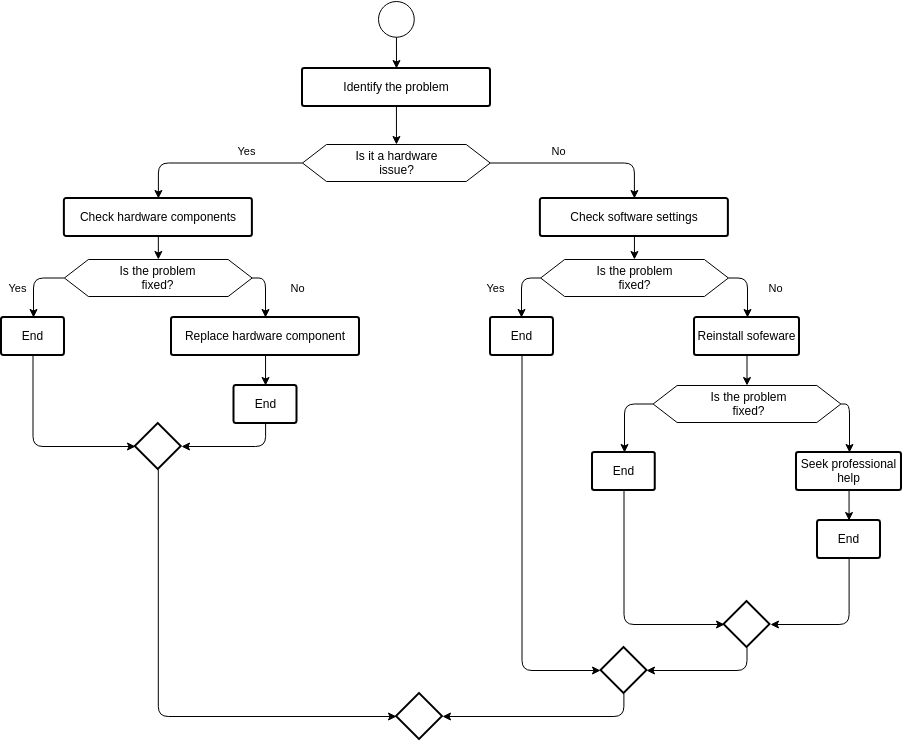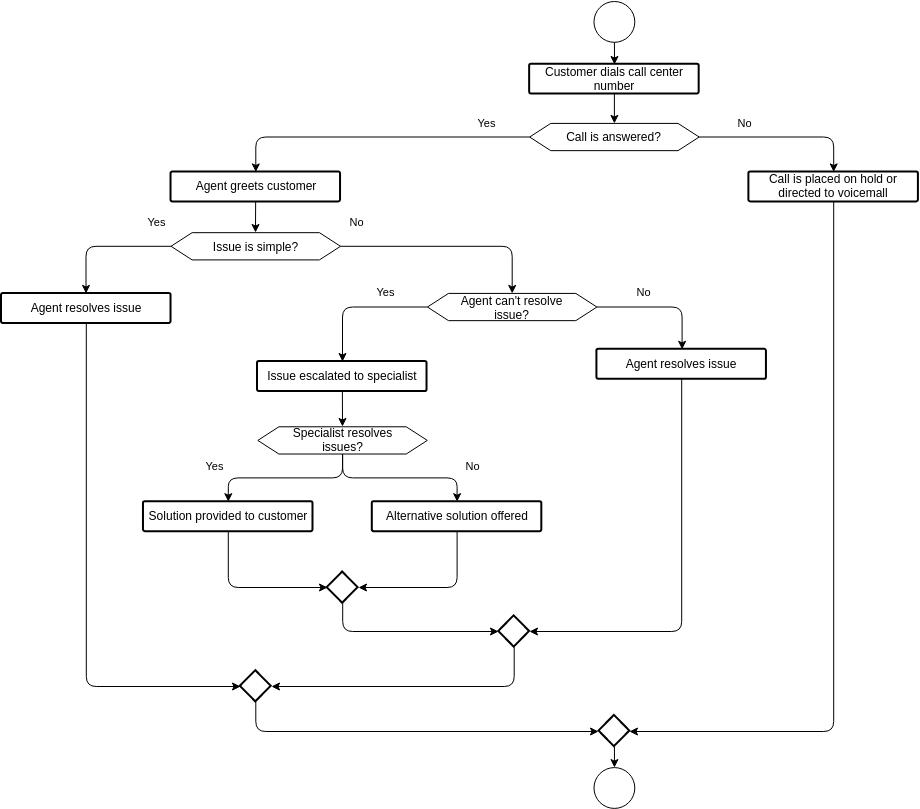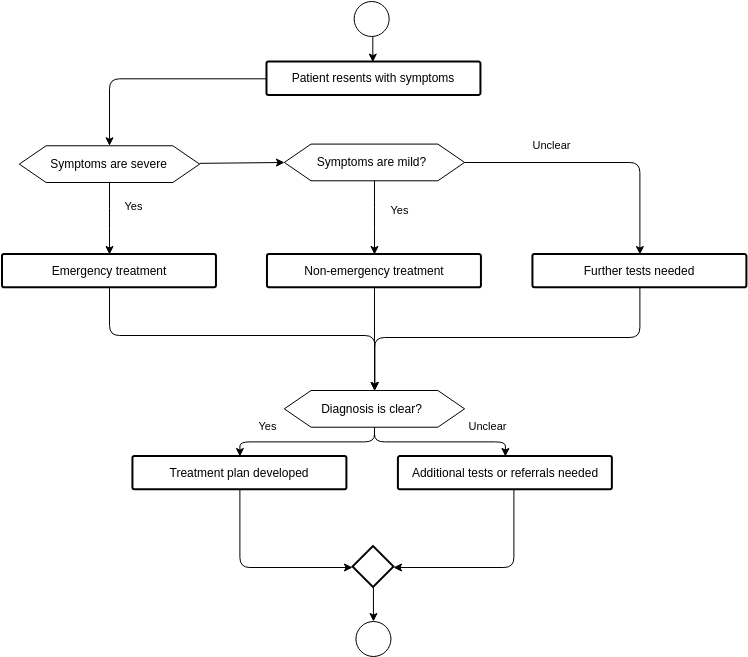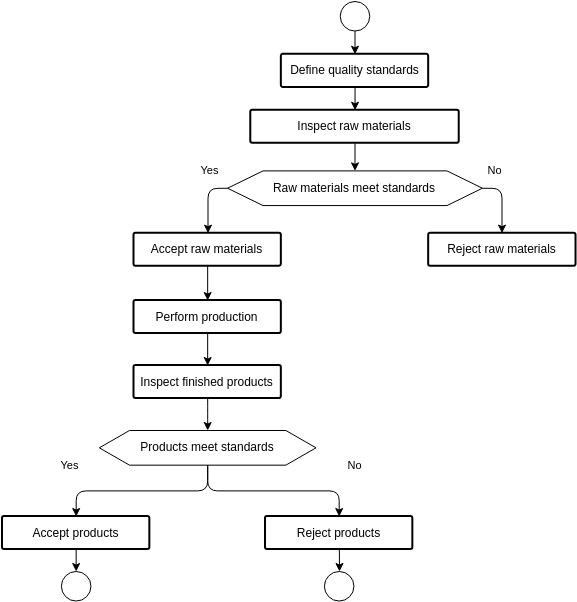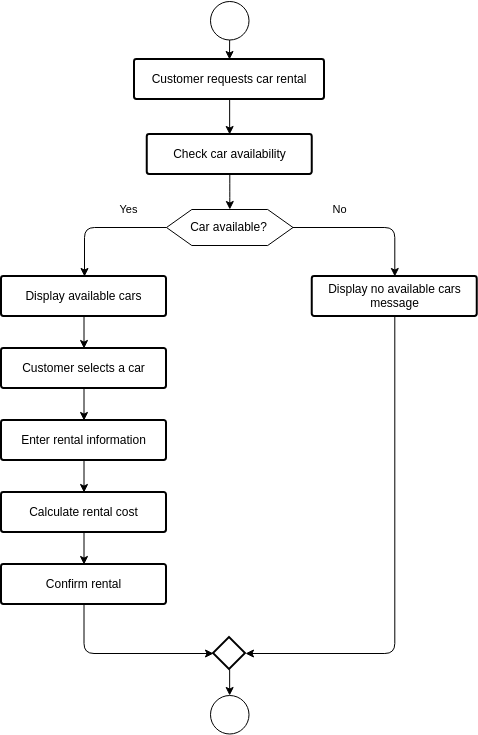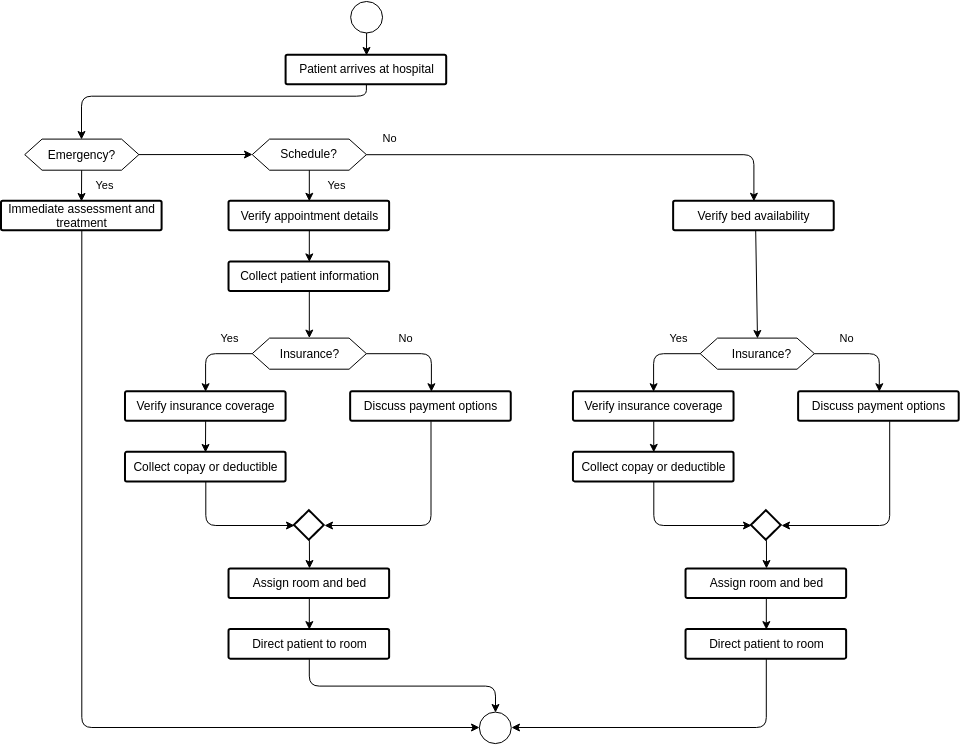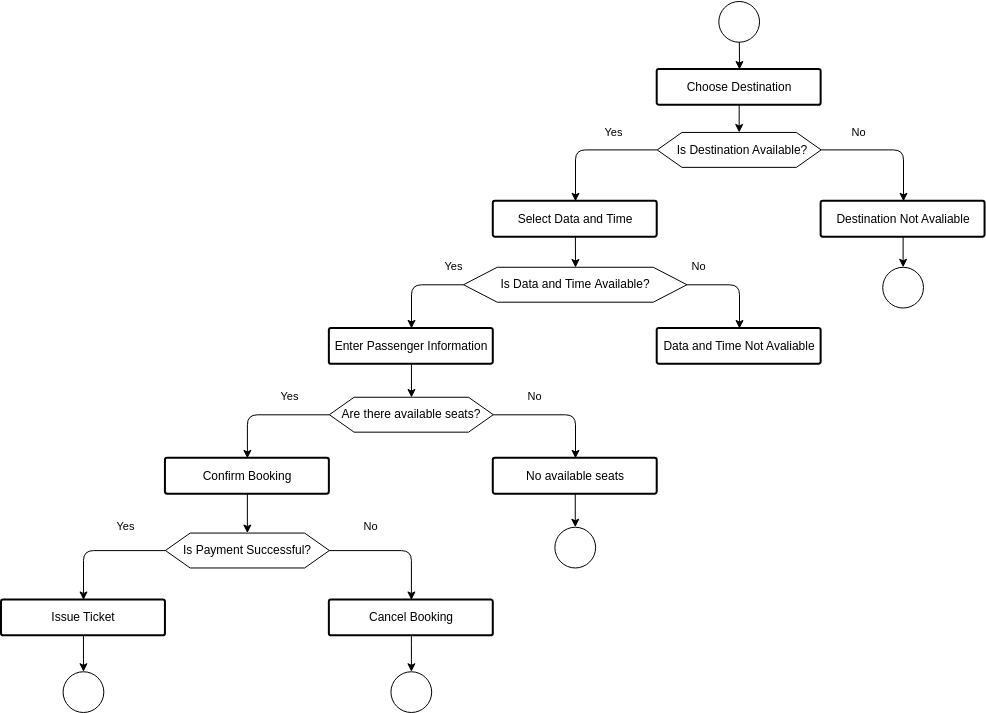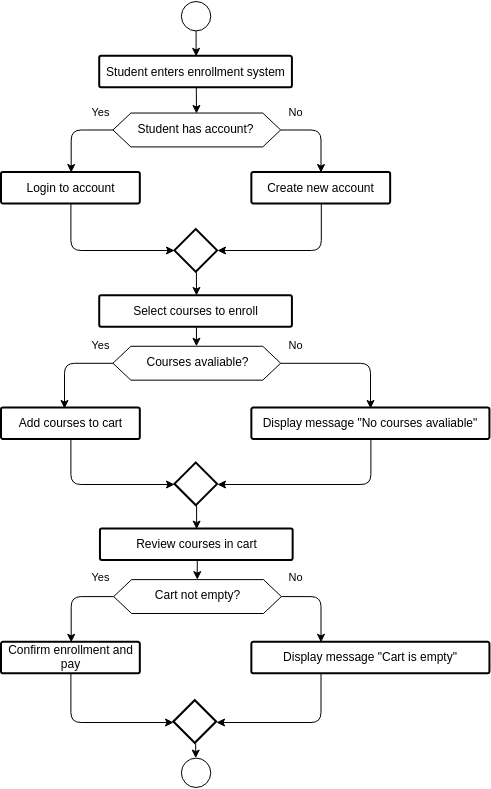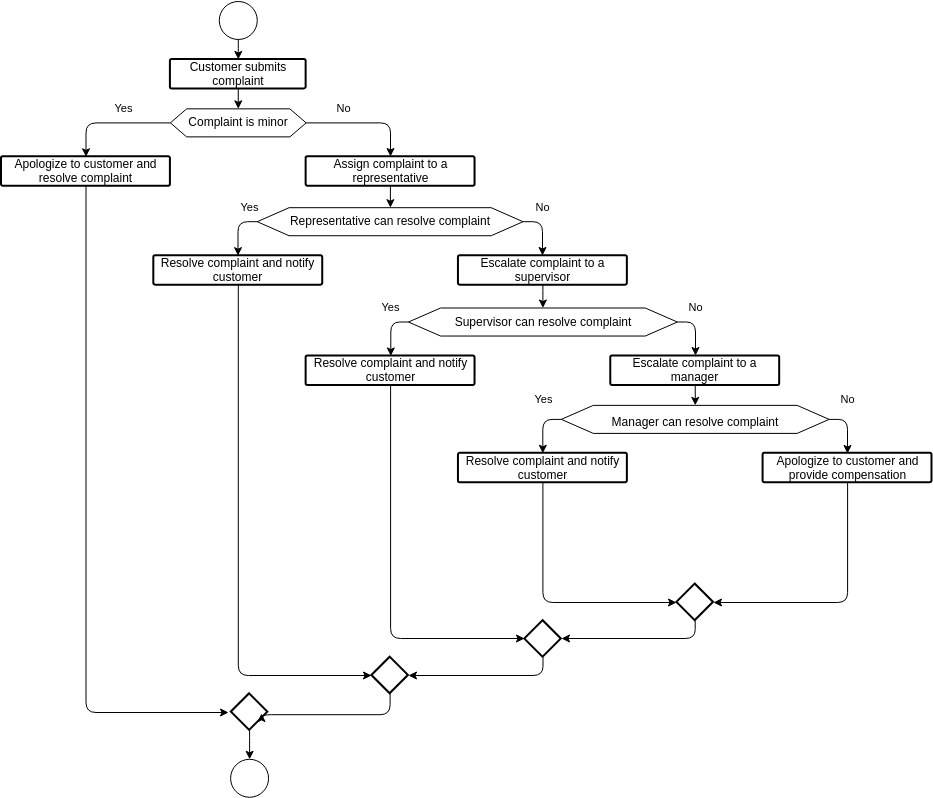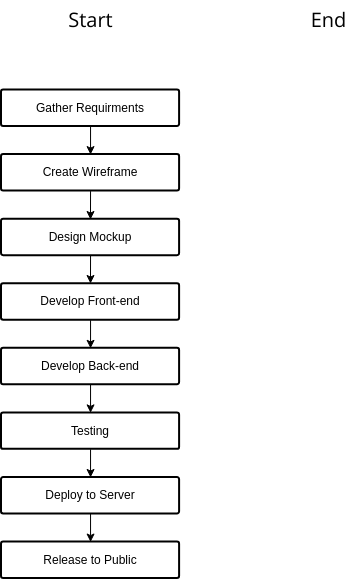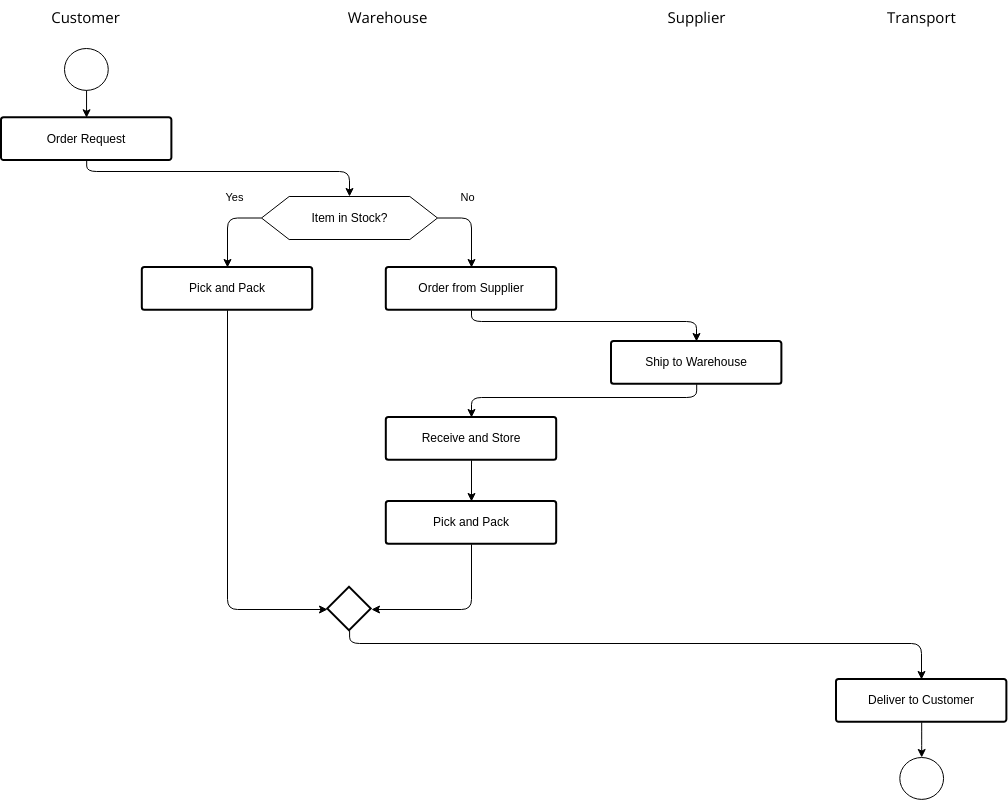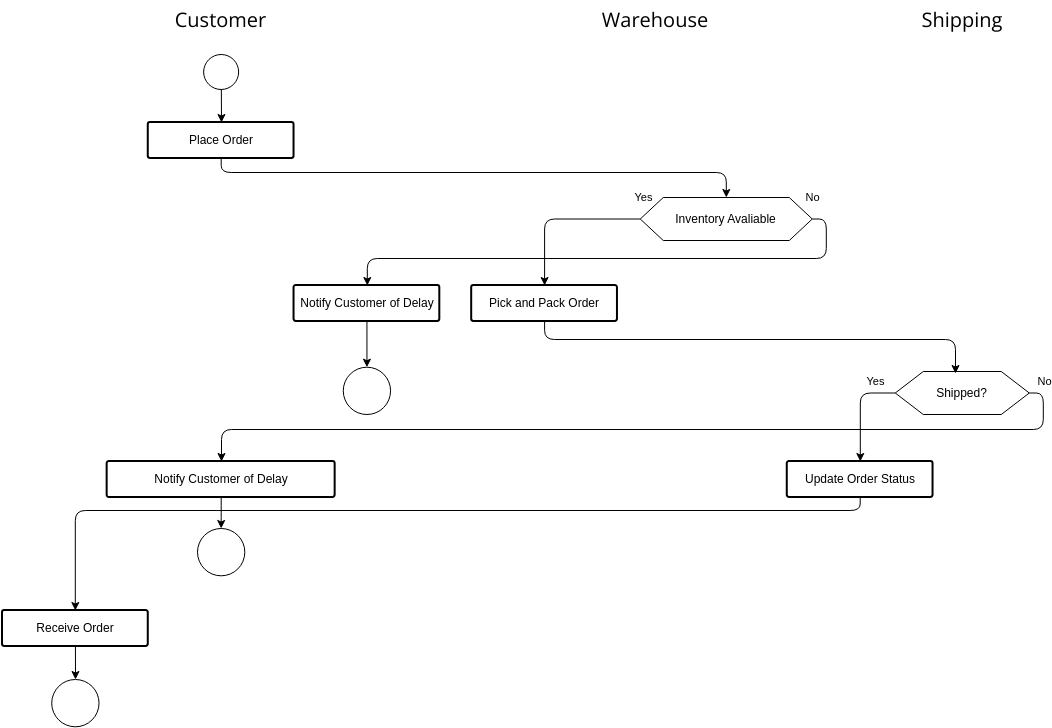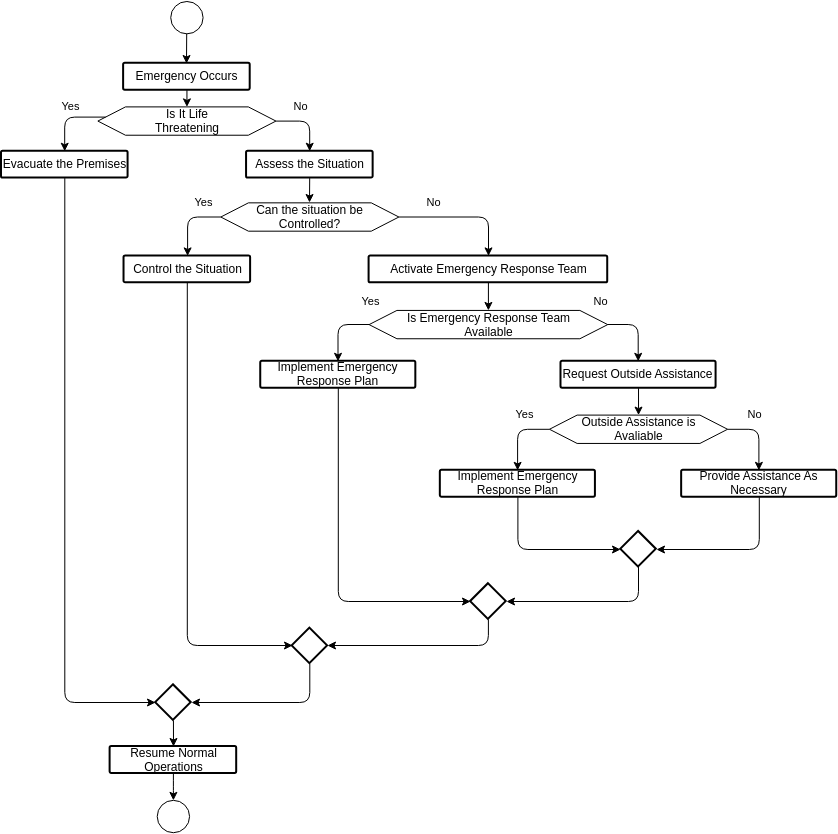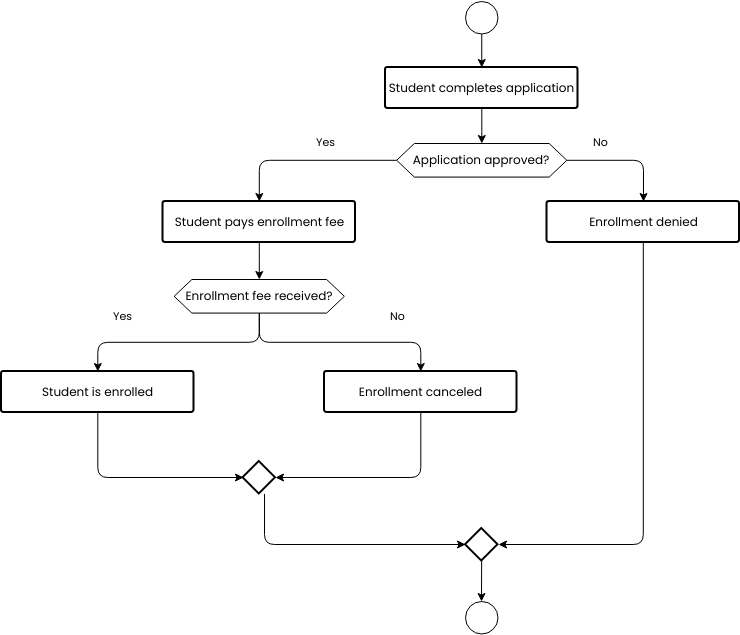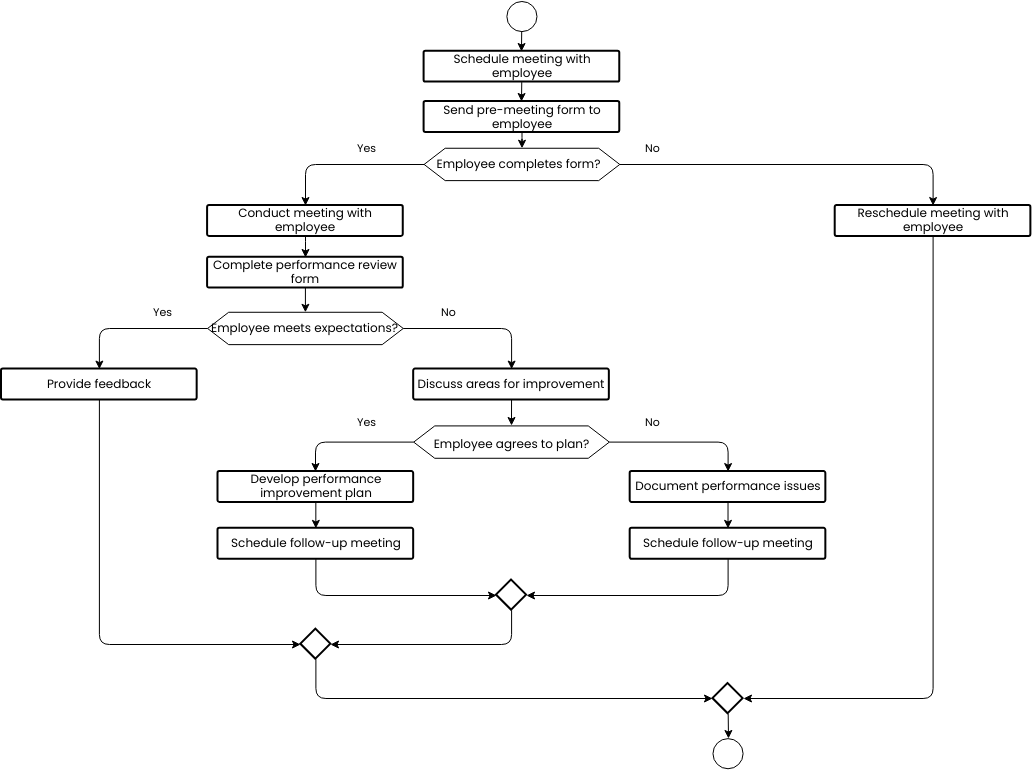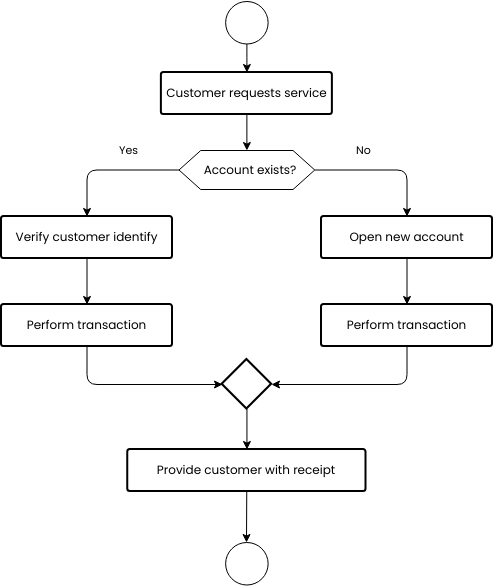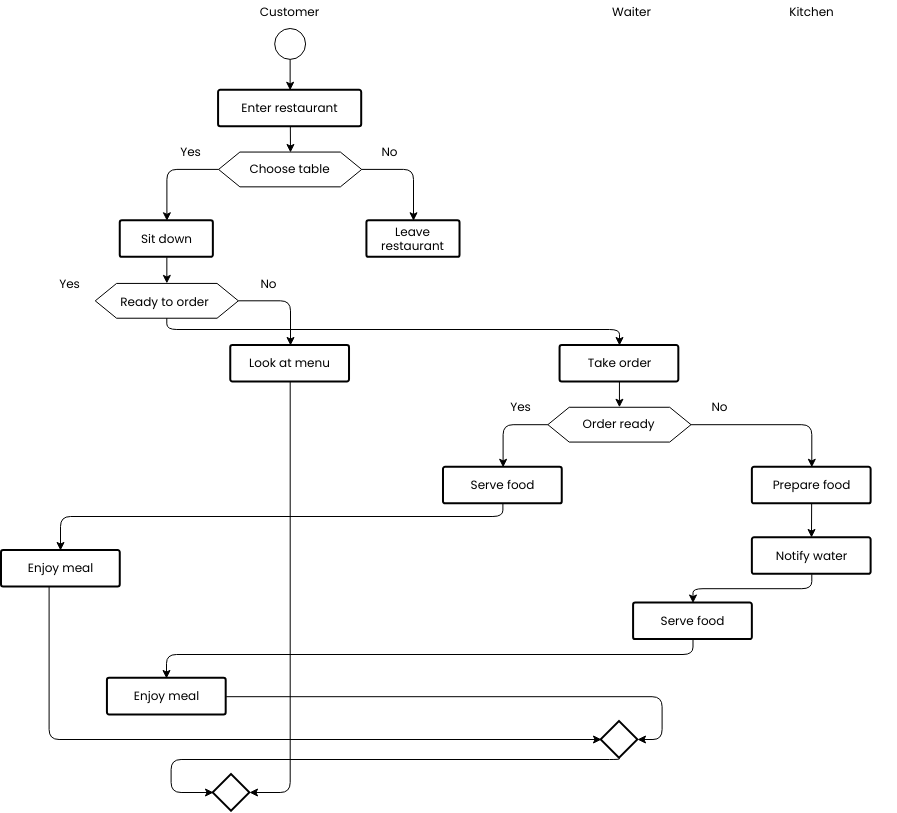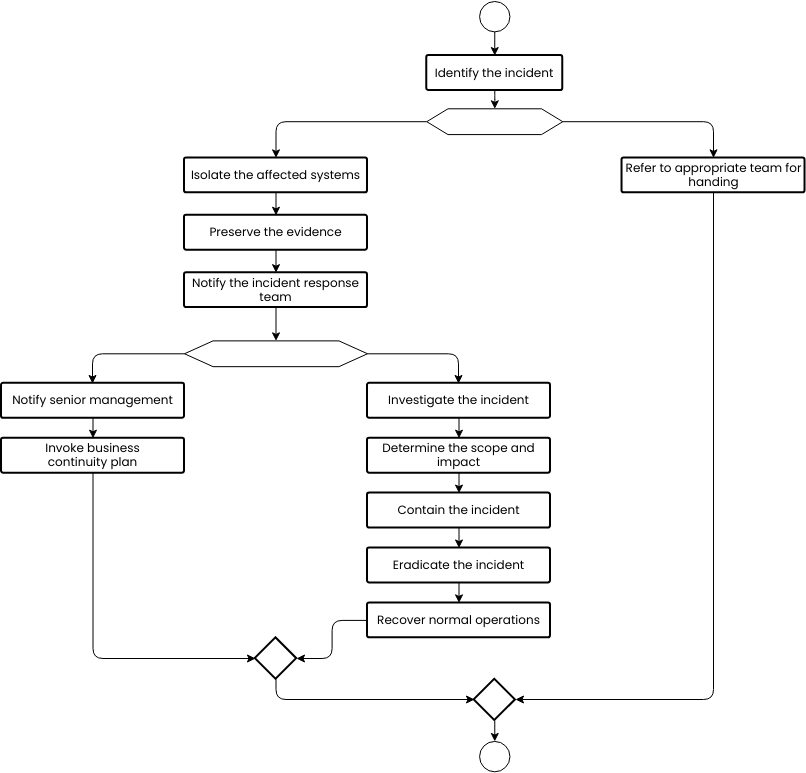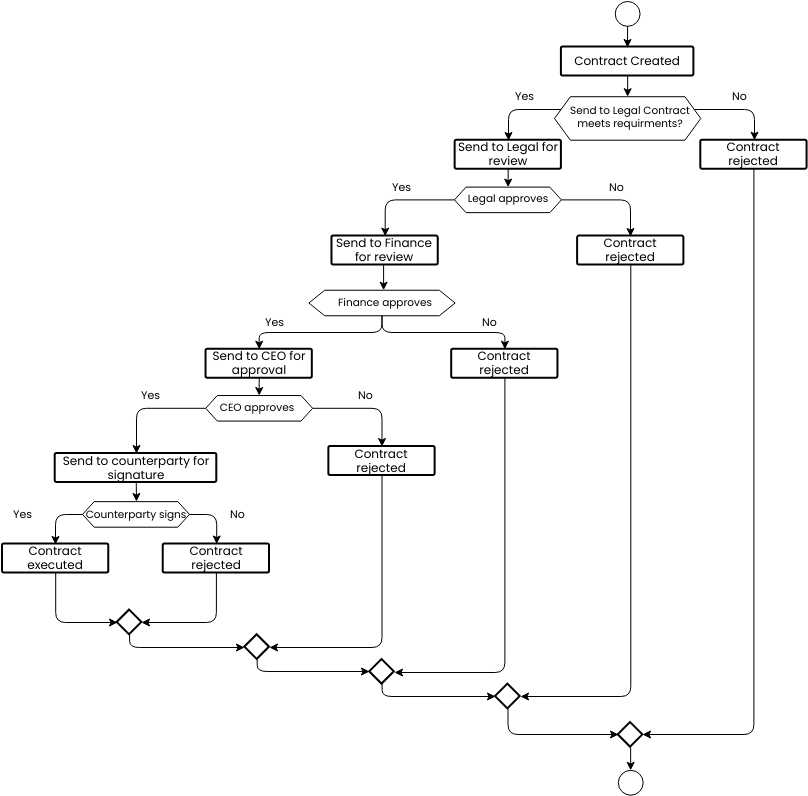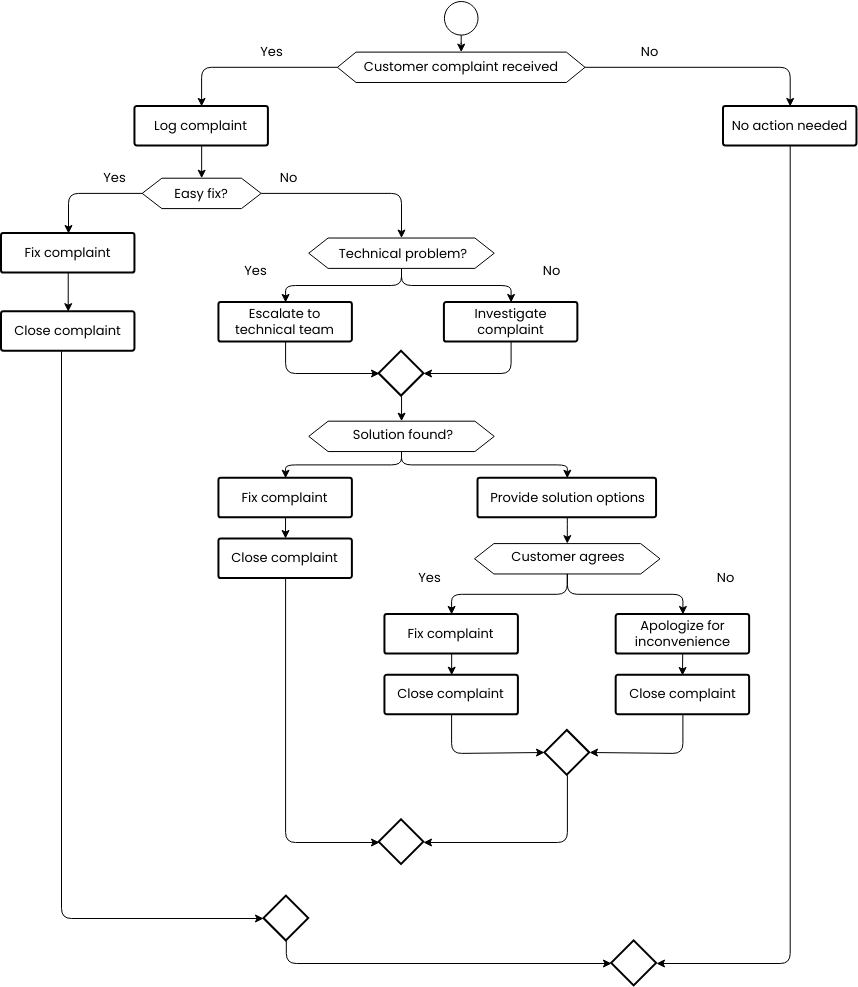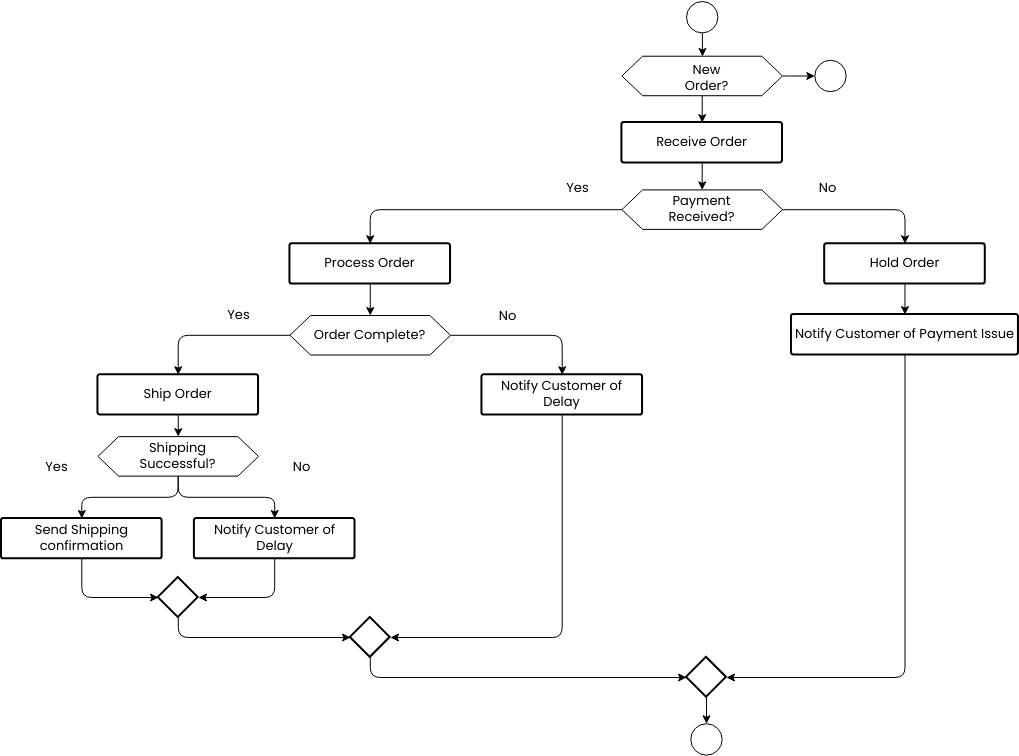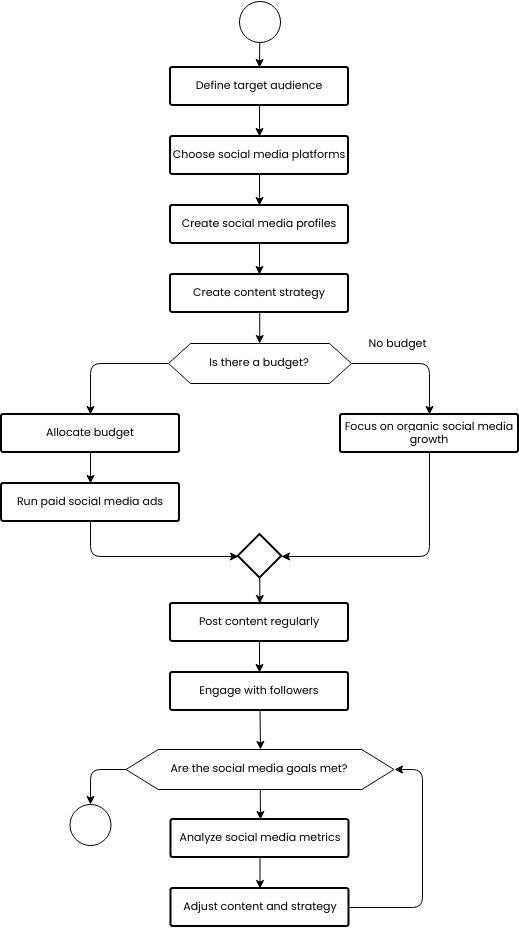The Medical diagnosis flowchart outlines the process of diagnosing a medical condition. The first step in the process is to perform a physical exam. This involves examining the patient's body to gather information about their symptoms and physical condition. This step is crucial in identifying potential medical conditions and determining the appropriate course of action.
After the physical exam, the next step is to order diagnostic tests. These tests may include blood tests, imaging tests, or other tests that can provide more information about the patient's condition. This step is important in identifying the root cause of the patient's symptoms and determining the best treatment plan.
If the results of the diagnostic tests are inconclusive or if the patient's condition requires specialized care, the patient may be referred to a specialist. This specialist may be a medical doctor who has expertise in a particular area of medicine, such as a cardiologist for heart conditions or an oncologist for cancer. Referring the patient to a specialist can ensure that they receive the most appropriate care for their condition.
In conclusion, the Medical diagnosis flowchart outlines the critical steps involved in diagnosing a medical condition. By following this flowchart, healthcare providers can ensure that patients receive the most accurate diagnosis and appropriate treatment for their condition. Performing a physical exam and ordering diagnostic tests can provide valuable information about the patient's condition, while referring the patient to a specialist can ensure that they receive specialized care when needed. By following a defined process for each step, healthcare providers can improve the accuracy of diagnoses, resulting in better patient outcomes.
Benefits of creating this flowchart
Creating a flowchart for any process can bring several benefits for organizations or individuals. A flowchart provides a clear and organized visual representation of a process. By mapping out each step in the process, a flowchart can help ensure that the process is well-organized and easy to understand. This can make it easier for staff members to follow the process and reduce the likelihood of errors or misunderstandings. Additionally, a flowchart can help streamline a process by identifying areas where it can be simplified or made more efficient. By analyzing the flowchart, organizations or individuals can identify bottlenecks, redundancies, and other areas where the process can be improved. This can lead to a more efficient process that takes less time and reduces costs. By improving the organization, efficiency, and consistency of a process, creating a well-designed flowchart can lead to a more successful business or individual.
Do you need templates for flowchart design? Right away, go to Visual Paradigm Online to look at some of your favorite customizable templates.
